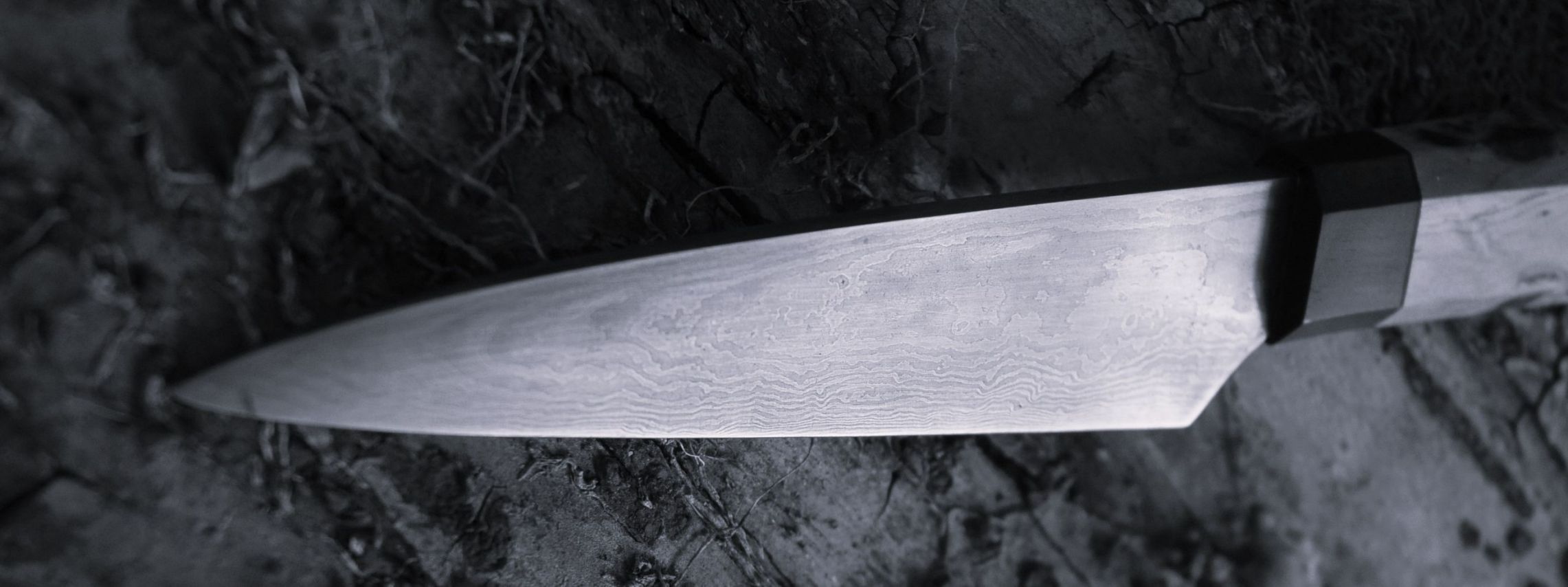P H I L O S O P H Y

A K N I F E : A W A Y O F L I S T E N I N G
For me, making knives is not just an activity, it's a way of life.
A knife is not an object like any other. It is humanity's first tool. It is also potentially a weapon. It speaks to the heart of every human being. A dark heart will use it for violence; a light heart will use it to break shackles or to cook. It is also an object older than all our differences (social, cultural, intellectual, etc.). That's why I believe that this ancestral object is the perfect place from which to try to understand the human being and learn to listen.
B E I N G O N T H E L O O K O U T
Over the years, I've come to realise that if you really want to listen, you have to be discreet and leave room for simple materials, shapes and gestures. To give the objects I create a great quality of presence without imposing anything and to try to be the image of the objects I create.

I've never done any advertising, I'm not present on social networks, I've never aimed to win any awards. I like to work 'on the edge' of the world and focus my attention on a few rare, real encounters. Sharpening your gaze means making it denser, slower, more curious, focusing on individuals, the material world, non-humans and ideas.
T A K I N G C A R E
A knife is an object whose charisma is fundamentally based on the attention you pay to your surroundings. You can only put a knife in someone's hands if you have a modicum of confidence in them. Making knives means constantly living in a particular 'attentive' state: it means paying attention to my fingers, to my craftsman's ethics, being attentive to the person for whom I am making it, to the universe into which it will fit or to which it will eventually give access. It means focusing on the beautiful vulnerability of individuals and gestures. It's trying to spread a relational quality because it's attentive. The knife is a mediator of attention.
That's why, in my eyes, the knife can not only bear witness to a past encounter, but also conceal the possibility of generating new ones. To cut is not only to separate, it is also to designate an original unity, to threaten a definitive rupture, to maintain a tension, an attention, to keep oneself on the edge of an encounter that is always possible.

Every day I experience another encounter : that of my head and my hands. I cannot conceive of my work as a knifemaker apart from my work as a philosopher, and vice versa. There is a workshop in my office and an office in my workshop. It is at the very heart of this hybridity that I want to continue to develop my various projects.